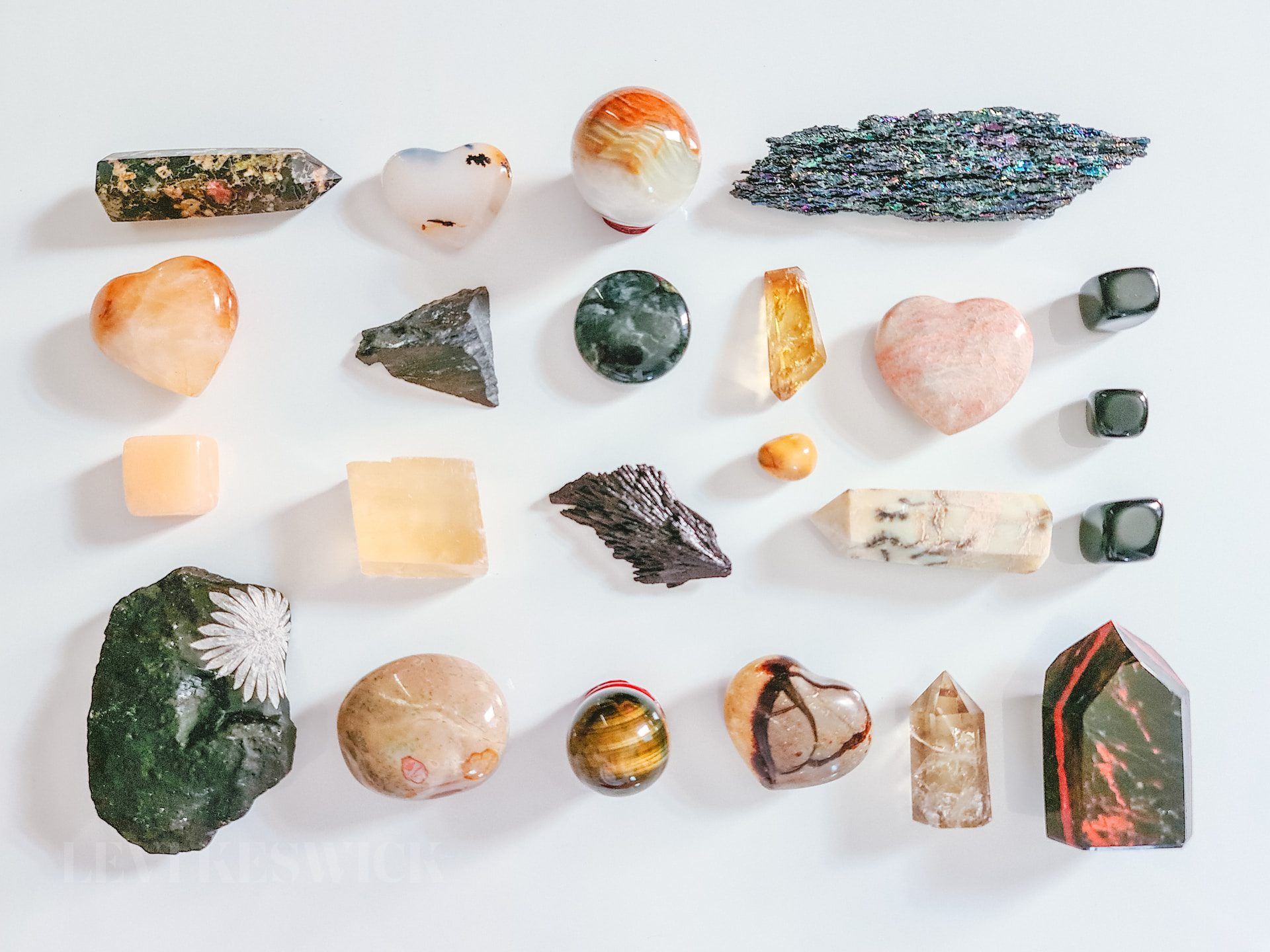Key takeaways:
- Painite is an extremely rare gemstone, with only a few facetable specimens known to exist
- The gemstone is found exclusively in Myanmar and presents challenges for gem cutters
- Painite’s hardness, brilliance, and deep red color make it an attractive option for jewelry, especially necklaces
- No synthetic or treated painites are known to exist, further increasing its rarity and value
The Allure of Painite: Unearthing a Rare Gem
Painite, a mysterious and incredibly rare gemstone, has captivated gem enthusiasts since its discovery in the 1950s. With only a handful of specimens found worldwide, facetable painite remains a sought-after treasure among collectors and jewelry connoisseurs. Its deep red color, hardness, and brilliance make it an ideal choice for creating exquisite, one-of-a-kind painite necklaces.
Painite’s Elusive History
First identified as a new gem species in 1957, painite remained an enigma for decades, with only three crystals known to exist until 2001. Since then, more painite specimens have been discovered, bringing the total count to over a thousand crystals and fragments. However, most of this material isn’t suitable for faceting.
Painite’s scarcity is due to its exclusive occurrence in Myanmar, where gem-quality material has been found in regions such as Ongaing, Kyauk-Pyat-Thet in Mogok, and Namyazeik in Kachin State.
Crafting a Painite Necklace: Challenges and Techniques
Turning painite into a stunning piece of jewelry, such as a necklace, requires overcoming several challenges. Even gem-quality rough is typically highly included and fractured, making it difficult for gem cutters to work with the material.
To produce a beautiful painite necklace, cutters often resort to cutting the gems small and shallow, which can impair their brilliance. Nevertheless, the rarity and allure of painite make it a coveted centerpiece for high-end jewelry pieces.
Identifying Genuine Painite
Painite’s deep red color and specific gravity can sometimes overlap with those of almandines, spessartites, and rubies, leading to potential misidentification. However, painites have refractive index values that differ from rubies, and their birefringence and absorption spectrum should distinguish them from garnets.
In one notable case, a brown specimen from the Natural History Museum in London, initially identified as a tourmaline with rubies from Mogok, was later confirmed to be a painite.
Synthetic Painites: A Nonexistent Threat
One fascinating aspect of painite is the absence of known synthetic or treated versions of the gemstone. This rarity further enhances the value and desirability of genuine painite, making it an even more sought-after gem for collectors and jewelry enthusiasts.
Caring for Painite Jewelry
While painite’s hardness offers resistance to scratching, its inclusions and fractures can make it susceptible to impacts from everyday wear or heat and vibrations from mechanical cleaning systems. To ensure the longevity of your painite necklace, consult with a gemologist to determine the best way to set and clean your rare gemstone.
For general care, a soft brush, mild detergent, and warm water should pose no risks for painites. For more care recommendations, consult a gemstone jewelry cleaning guide.
The Painite Necklace: A Symbol of Rarity and Luxury
The painite necklace represents the epitome of rarity and luxury in the world of gemstones. With itsdeep red color, brilliance, and the challenges associated with its acquisition and cutting, a painite necklace is a true statement piece for those who appreciate the extraordinary.
For collectors, gem enthusiasts, and jewelry aficionados, the painite necklace is a symbol of exclusivity, sophistication, and elegance. As one of the rarest gemstones on Earth, painite’s limited availability and unique properties make it a highly sought-after and cherished treasure.
The journey of painite, from its elusive discovery in Myanmar to its transformation into a breathtaking necklace, is a captivating story that illustrates the relentless pursuit of beauty and rarity in the world of gemstones. Owning a painite necklace is not only an investment in a remarkable piece of jewelry but also a connection to the fascinating history and mystique that surrounds this enigmatic gemstone.
In conclusion, a painite necklace is an ultimate acquisition for those who value the extraordinary and appreciate the exceptional artistry and craftsmanship that goes into creating such a remarkable piece of jewelry. The allure of painite lies not only in its captivating beauty but also in the captivating story behind its rarity, making it a true gem among gemstones. As more collectors and connoisseurs become aware of painite’s fascinating history and unique properties, the demand for this rare gemstone will only continue to grow, further cementing its status as a symbol of luxury and exclusivity.








